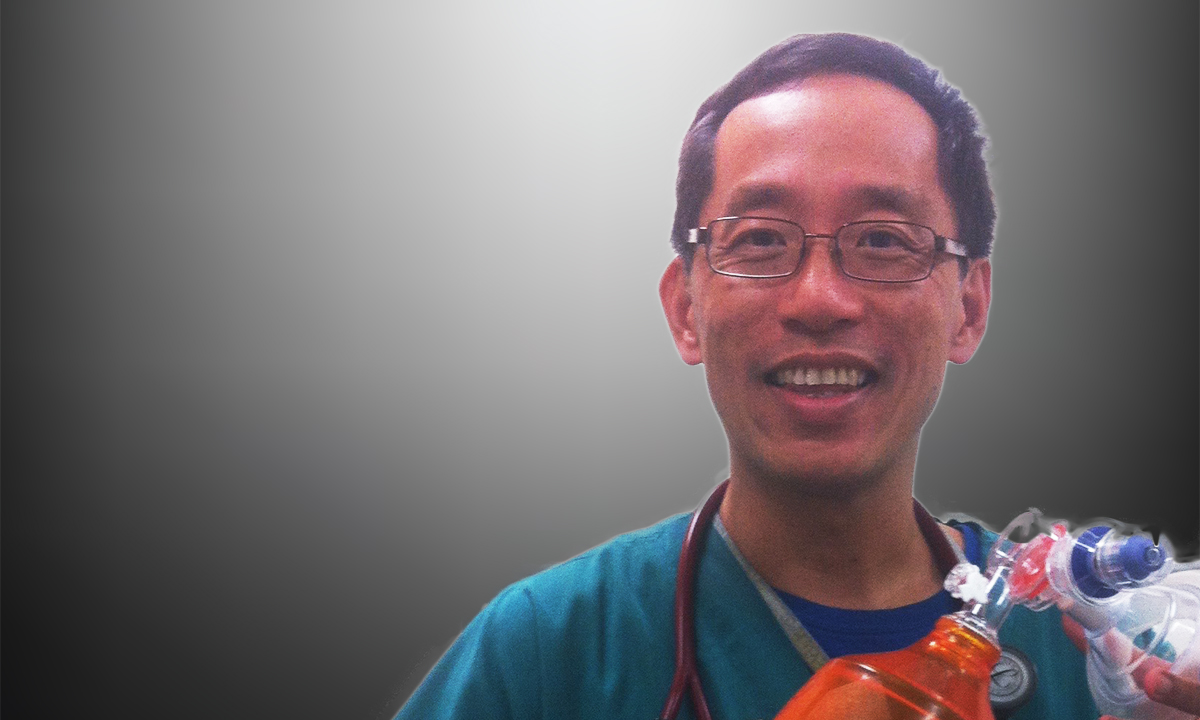GPs are widely used in Australia and are the first point of contact for health issues including short term illness, preventive health care, childhood vaccination, and management of chronic disease. They provide health education, advise on healthy living, deal with illness that can be managed at home and do minor surgical procedures.
A patient-centred care model requires GPs to be well placed to implement public health and preventive strategies that will reduce the 40% premature mortality determined by unhealthy lifestyle choices and the 15% attributable to adverse psychosocial and family factors. As GPs are central to ambulatory and long term care of their local communities, they need to understand and address the upstream determinants of downstream sickness.
Could there be alternative models of ambulatory care that could contain the burgeoning cost and demand of general practice and deliver similar or better care and patient satisfaction? Are GPs in Australia serving their vocational mission while maintaining career longevity and work satisfaction?
Alternative models of ambulatory care: when should I use self-care and when should I see a doctor?
The Self-Care Campaign in the UK contends that common ailments account for a fifth of a GP’s workload, costing £2 billion a year. Self-care, defined as “the actions people take for themselves, their children and their families to stay fit and maintain good physical and mental health; meet social and psychological needs; prevent illness or accidents; care for minor ailments and long term conditions; and maintain health and wellbeing after an acute illness or discharge from hospital”, is promulgated by the British Medical Association as empowering patients to take responsibility for their health maintenance.
It reduces demand for GP care with no additional risk of illness deterioration. It includes lifestyle changes and maintenance (reducing smoking and alcohol, eating better), common sense approaches for minor illness (first aid, over-the-counter medications, support of telephone advice lines and pharmacies) and autonomy in managing long term conditions (self-management training in generic and condition specific skills). The key components of self-care hold promise to reduce general practice attendance and cost in Australia.
Long term conditions were addressed with a GP or nurse helping to formulate a care plan to manage chronic health on a day-to-day basis. Health planning was aligned with patient goals, provision of social services, emergency contact details, escalating treatment for rescue if the patient becomes very unwell, an eating and exercise plans and provisions to deal with chronic pain and fatigue, coping with sadness and depression, communicating with family, friends and professionals, social interactions, and planning for the future.
Unsurprisingly, in a national survey in the UK, local communities preferred self-care for managing minor illness, reducing the need for GP and emergency department services. As a substantial proportion of escalating demand for general practice care is generated by self-limiting illness and injury, most GPs in a Manchester survey were frustrated by a minor ailment consultation in the week prior to being surveyed. Self-care may therefore enhance work satisfaction among GPs.
Patient and parent education regarding self-care and watchful waiting with the use of over-the-counter medications for symptom management will empower them to deal with future minor illnesses. It will improve the acuity of the case mix that presents to GP practices, thereby enhancing work satisfaction and career longevity. Medicare savings from averting presentations for minor illness or injury could be used to fund more urgent health care in communities and hospitals.
Joseph Ting is an adjunct associate professor in the School of Public Health and Social Work at Queensland University of Technology in Brisbane.
Latest news from doctorportal:
- Quitting alcohol a social challenge: study
- Dementia deaths on the rise in Australia
- Bowel cancer patients miss symptoms
- Baby with DNA from three people ‘exciting’

 more_vert
more_vert
Thanks for this article. The long-term relationship of general practice is ideal for educating patients of the practice about benign, self-limiting illness. We have developed a culture of wanting a remedy for every symptom. If the GP doesn’t prescribe it, the naturopath, homeopath or pharmacy will sell it.
It’s important to re-claim the clinical skills of diagnosis and reassurance, without risk-aversion for mild illnesses, and using review and follow-up instead.